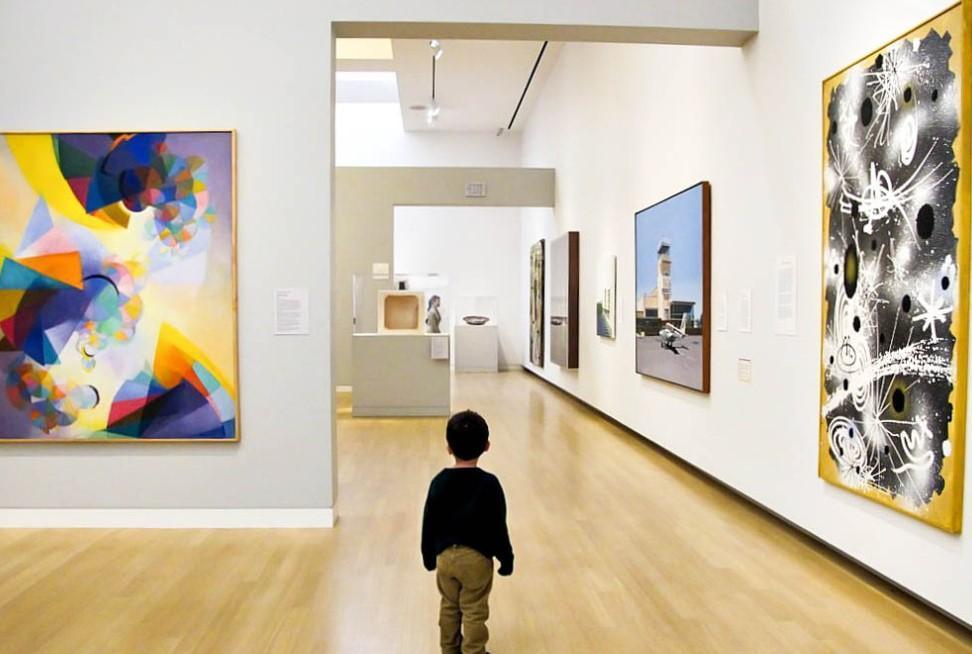
A solution called “invisible DNA,” containing the digital identity of an artifact and making it traceable anywhere in the world, will be applied to artifacts against theft in museums, Culture and Tourism Minister Mehmet Nuri Ersoy has announced.
Responding to the question in the parliament regarding the historical artifacts stolen or lost from museums, Ersoy stated that his ministry is preparing to take measures against the theft of original works in museums and replace them with their imitations.
The laboratory examination of a digital barcode-based application, which is also used in some countries to reduce the smuggling of historical artifacts to a minimum, is about to be completed.
Being able to be applied to many materials such as wood, stone and textile does not harm the originality of the work, as it does not interact with the main materials and textures of the artifact.
The teams to be trained by the ministry on this subject will start the application of invisible DNA simultaneously in many museums, starting from January 2023.
“Starting from New Year’s, we will initiate to apply invisible DNA on all works exhibited in museums. The system will be able to detect a possible theft if these works are relocated,” Ersoy explained.
“This system is implemented in only a few countries at the moment. We have started a work identification project in cooperation with the Presidential Defense Industry Directorate and ASELSAN. We are carrying out the project with the latest technologies,” the minister added.
The “invisible DNA” consists of a solution that has no smell, cannot be noticed, cannot be modified and does not cause any damage to artifacts.
This solution will be also used as a kind of digital barcode comprising numbers and identification information of artifacts.
The solution will only be applied to a predetermined area of the artifact, museum officials will determine a different application area for each work.
When the invisible barcode in the solution is scanned, it will be revealed which museum the work belongs to and when it was registered.
With the use of this digital code, in case of replacing the artifact with its imitation, smuggling, or trading, the barcode will reveal to prove its origin.
Accordingly, invisible DNA will facilitate the verification that historical artifacts smuggled abroad after being stolen from the museums are works belonging to the museum in Türkiye through their barcodes, while it will pave the way for the acceleration of the return process of the smuggled artifacts to the country.